Home>Home Appliances>Lighting Appliances>What Voltage For A Ceiling Light


Lighting Appliances
What Voltage For A Ceiling Light
Modified: August 28, 2024
Find the right voltage for your ceiling light with our comprehensive guide. Ensure your lighting appliances are powered correctly for optimal performance.
(Many of the links in this article redirect to a specific reviewed product. Your purchase of these products through affiliate links helps to generate commission for Storables.com, at no extra cost. Learn more)
Introduction
When it comes to illuminating our living spaces, ceiling lights play a pivotal role in setting the ambiance and functionality of a room. Whether it's a dazzling chandelier, a sleek pendant light, or a practical flush mount, the voltage requirements for ceiling lights are a crucial consideration. Understanding the appropriate voltage for your ceiling lights is essential for ensuring safety, optimal performance, and longevity of the fixtures.
In this comprehensive guide, we will delve into the world of ceiling lights and explore the intricacies of voltage requirements. From unraveling the concept of voltage to deciphering the factors that influence the voltage needs of ceiling lights, this article aims to equip you with the knowledge needed to make informed decisions when it comes to lighting up your living spaces.
So, let's embark on this enlightening journey to unravel the mysteries of voltage and its significance in the realm of ceiling lights.
Key Takeaways:
- Understanding the right voltage for your ceiling lights is crucial for safety, brightness, and energy efficiency. It affects how well your lights work and how much electricity they use.
- Different types of ceiling lights, like incandescent, LED, and fluorescent, have specific voltage needs. Understanding these needs helps you choose the right lights for your home and keep them working safely and efficiently.
Read more: What Are The Lights In The Ceiling Called
Understanding Voltage
Voltage is a fundamental concept in the realm of electrical systems and lighting appliances. In simple terms, voltage refers to the force that drives electric current through a conductor, such as the wiring in your home. It is measured in volts and plays a pivotal role in determining the performance and safety of electrical devices, including ceiling lights.
In the context of ceiling lights, understanding voltage is crucial for several reasons. Firstly, it directly impacts the brightness of the light emitted by the fixtures. The voltage supplied to the light bulbs determines their luminosity, influencing the overall ambiance and functionality of the space. Moreover, the voltage level also affects the energy consumption of the ceiling lights, thereby influencing the electricity costs and environmental impact.
Furthermore, voltage is closely linked to the safety and longevity of ceiling lights. Providing the correct voltage ensures that the fixtures operate within their designed parameters, minimizing the risk of overheating or premature failure. Conversely, supplying incorrect voltage can lead to flickering lights, reduced lifespan of the bulbs, and potential safety hazards.
In the context of residential lighting, the standard voltage supplied to most ceiling lights is 120 volts in the United States and 230-240 volts in many other countries. However, it's essential to note that certain types of ceiling lights, such as low-voltage LED fixtures, may require specific voltage levels for optimal performance.
In essence, comprehending voltage is pivotal for ensuring the efficient and safe operation of ceiling lights. By grasping the significance of voltage and its implications for lighting fixtures, homeowners can make informed decisions when selecting and installing ceiling lights, ultimately enhancing the comfort and aesthetics of their living spaces.
Voltage Requirements for Ceiling Lights
When it comes to selecting and installing ceiling lights, understanding the specific voltage requirements is paramount for ensuring optimal performance and safety. The voltage requirements for ceiling lights are primarily determined by the type of lighting technology employed, such as incandescent, fluorescent, LED, or halogen, as well as the design and specifications of the fixtures.
Incandescent and Halogen Ceiling Lights
Traditional incandescent and halogen ceiling lights typically operate at the standard line voltage of 120 volts in the United States. These fixtures are designed to be directly connected to the household electrical system, utilizing the standard voltage supplied to most residential lighting circuits. It's important to adhere to the prescribed voltage to prevent overheating and premature failure of the bulbs, ensuring the longevity and safety of the fixtures.
Fluorescent Ceiling Lights
Fluorescent ceiling lights, including compact fluorescent lamps (CFLs) and fluorescent tube fixtures, often require a specific voltage range for efficient operation. While the standard line voltage of 120 volts is commonly suitable for many fluorescent fixtures, some specialized models may necessitate a different voltage level. It's imperative to consult the manufacturer's specifications and recommendations to ascertain the precise voltage requirements for fluorescent ceiling lights, thereby optimizing their performance and energy efficiency.
Read more: What Is A Low Voltage Thermostat
LED Ceiling Lights
With the widespread adoption of energy-efficient LED technology in residential lighting, LED ceiling lights have become increasingly popular. Unlike traditional incandescent and fluorescent fixtures, LED lights often operate at low voltage, typically 12 volts or 24 volts. This necessitates the use of LED drivers or transformers to convert the standard line voltage to the appropriate low voltage required by the LED fixtures. Adhering to the specified voltage range is crucial for ensuring the longevity, efficiency, and consistent performance of LED ceiling lights.
Specialized Low-Voltage Ceiling Lights
Certain specialized ceiling lights, such as low-voltage track lighting systems and accent lights, are designed to operate at voltages lower than the standard line voltage. These fixtures typically require transformers to reduce the voltage supplied to the lighting elements, ensuring precise control and enhanced safety. It's imperative to adhere to the manufacturer's guidelines and specifications when installing and powering these low-voltage ceiling lights to achieve optimal functionality and longevity.
In essence, the voltage requirements for ceiling lights are intricately tied to the specific technology and design of the fixtures. By understanding and adhering to the prescribed voltage levels, homeowners can ensure the efficient operation, longevity, and safety of their ceiling lights, thereby enhancing the illumination and ambiance of their living spaces.
Factors to Consider
When determining the voltage requirements for ceiling lights, several crucial factors come into play, influencing the selection, installation, and operation of these essential fixtures. By carefully considering these factors, homeowners can make informed decisions and ensure the optimal performance, safety, and longevity of their ceiling lights.
1. Lighting Technology:
The type of lighting technology utilized in ceiling lights significantly impacts their voltage requirements. As discussed earlier, incandescent, fluorescent, LED, and specialized low-voltage fixtures each have distinct voltage needs. Understanding the specific voltage range prescribed for each lighting technology is essential for selecting compatible fixtures and ensuring their efficient operation.
Read more: What Are The Parts Of A Ceiling Light Called
2. Fixture Design and Specifications:
The design and specifications of the ceiling lights play a pivotal role in determining their voltage requirements. Factors such as the wattage rating, compatibility with dimmer switches, and the presence of integrated drivers or transformers can influence the voltage range suitable for the fixtures. It's imperative to review the manufacturer's guidelines and specifications to ascertain the precise voltage requirements for the chosen ceiling lights.
3. Electrical System Compatibility:
The compatibility of the ceiling lights with the existing electrical system in the home is a critical consideration. Ensuring that the voltage supplied to the fixtures aligns with the standard line voltage of the residential electrical circuits is essential for seamless integration and safe operation. Additionally, for low-voltage LED and specialized fixtures, the installation of compatible transformers and drivers is necessary to adapt the voltage to the specific requirements of the lights.
4. Energy Efficiency and Cost Savings:
Opting for energy-efficient lighting solutions, such as LED fixtures, can lead to significant cost savings and reduced environmental impact. By selecting low-voltage LED ceiling lights and employing energy-efficient transformers, homeowners can enhance the energy efficiency of their lighting system while minimizing electricity costs. Considering the long-term energy savings and environmental benefits is crucial when evaluating the voltage requirements for ceiling lights.
5. Safety and Compliance:
Prioritizing safety and compliance with electrical regulations is paramount when addressing voltage considerations for ceiling lights. Adhering to the prescribed voltage levels and ensuring proper installation, including the use of compatible wiring and components, is essential for mitigating safety hazards and preventing electrical issues. Compliance with local electrical codes and standards is imperative to guarantee the safe and legal operation of the ceiling lights.
Read more: What Is A Flush Mount Ceiling Light
6. Future Expansion and Upgrades:
Anticipating future expansion or upgrades to the lighting system is a prudent factor to consider when evaluating voltage requirements. Planning for the potential addition of more fixtures or the transition to advanced lighting technologies can influence the choice of voltage levels and the installation of adaptable electrical infrastructure. Considering the scalability and flexibility of the voltage setup can facilitate seamless future enhancements to the lighting system.
By carefully considering these factors, homeowners can navigate the complexities of voltage requirements for ceiling lights and make well-informed decisions that align with their lighting needs, energy efficiency goals, and safety considerations. Ultimately, a thorough understanding of these factors empowers homeowners to create well-lit, safe, and energy-efficient living spaces tailored to their preferences and requirements.
Conclusion
In conclusion, the voltage requirements for ceiling lights are a critical aspect of ensuring the optimal performance, safety, and efficiency of residential lighting systems. By understanding the significance of voltage and its implications for various lighting technologies, homeowners can make informed decisions when selecting, installing, and operating ceiling lights. The diverse voltage needs of incandescent, fluorescent, LED, and specialized low-voltage fixtures underscore the importance of carefully assessing the specific requirements of each type of lighting technology.
Adhering to the prescribed voltage levels, as recommended by the manufacturers and electrical standards, is essential for preventing potential safety hazards, minimizing energy consumption, and maximizing the longevity of the fixtures. Whether it's the standard line voltage for traditional incandescent and fluorescent ceiling lights or the low-voltage requirements for energy-efficient LED fixtures, homeowners must prioritize compliance with the specified voltage ranges to ensure the seamless integration and safe operation of their lighting system.
Furthermore, considering the interplay of factors such as fixture design, electrical system compatibility, energy efficiency, safety, and future expansion is crucial for making well-informed decisions regarding voltage requirements. By carefully evaluating these factors, homeowners can create well-lit, energy-efficient living spaces that align with their aesthetic preferences, functional needs, and sustainability goals.
In essence, the journey to unravel the mysteries of voltage requirements for ceiling lights has equipped homeowners with the knowledge needed to navigate the complexities of residential lighting systems. By embracing the significance of voltage and its role in shaping the ambiance, functionality, and energy efficiency of living spaces, homeowners can embark on a well-lit and safe journey, illuminating their homes with confidence and clarity.
Frequently Asked Questions about What Voltage For A Ceiling Light
Was this page helpful?
At Storables.com, we guarantee accurate and reliable information. Our content, validated by Expert Board Contributors, is crafted following stringent Editorial Policies. We're committed to providing you with well-researched, expert-backed insights for all your informational needs.
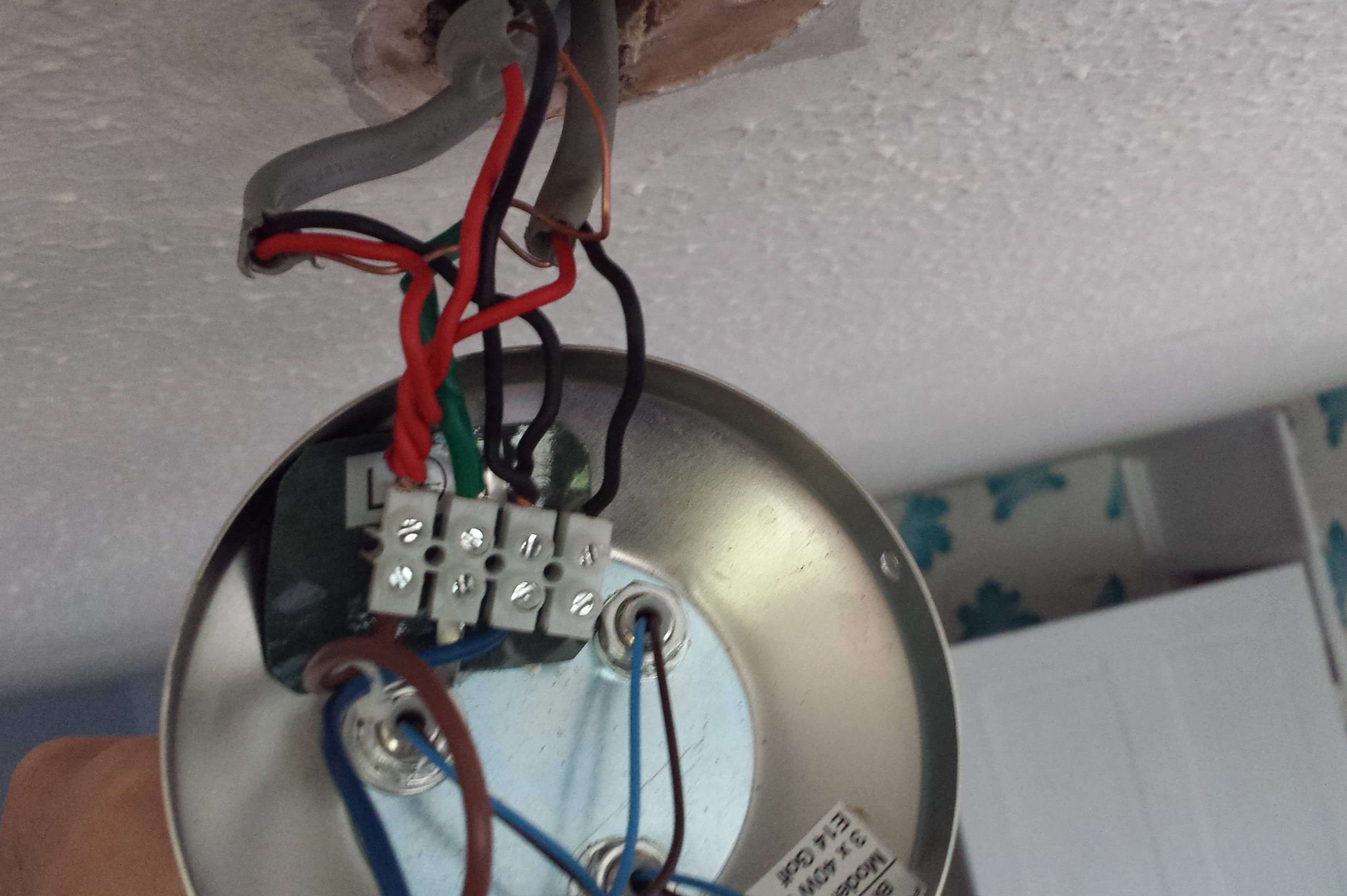
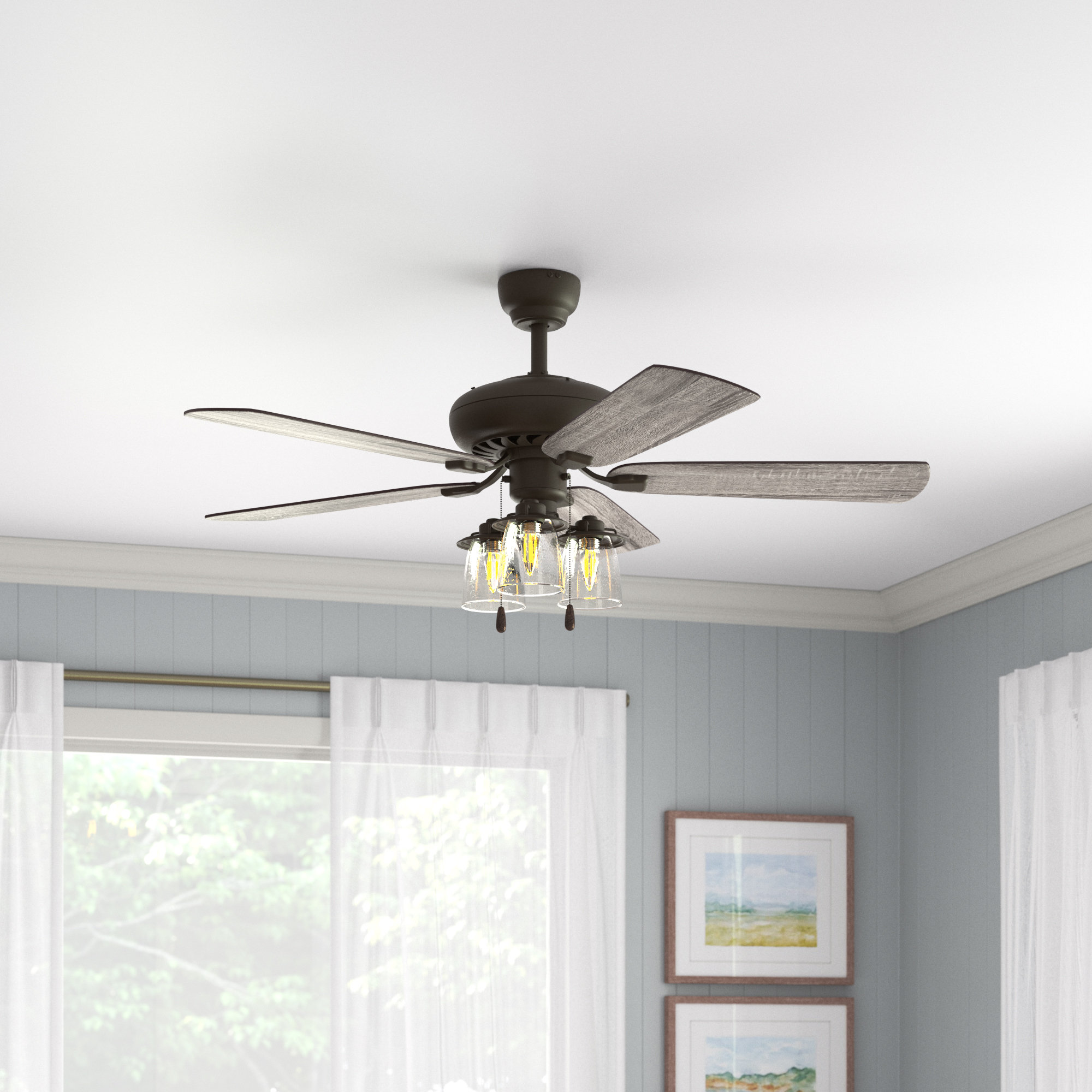
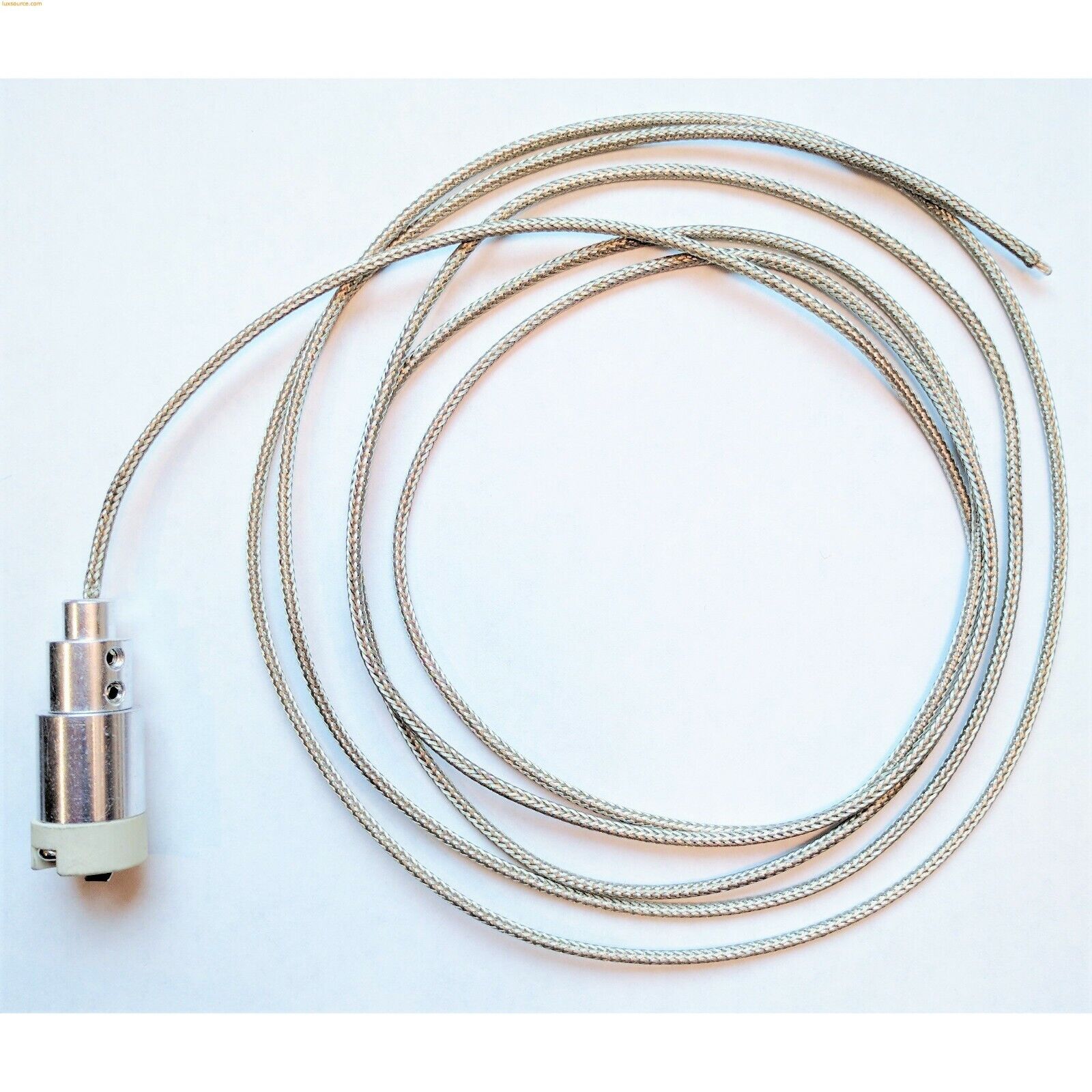

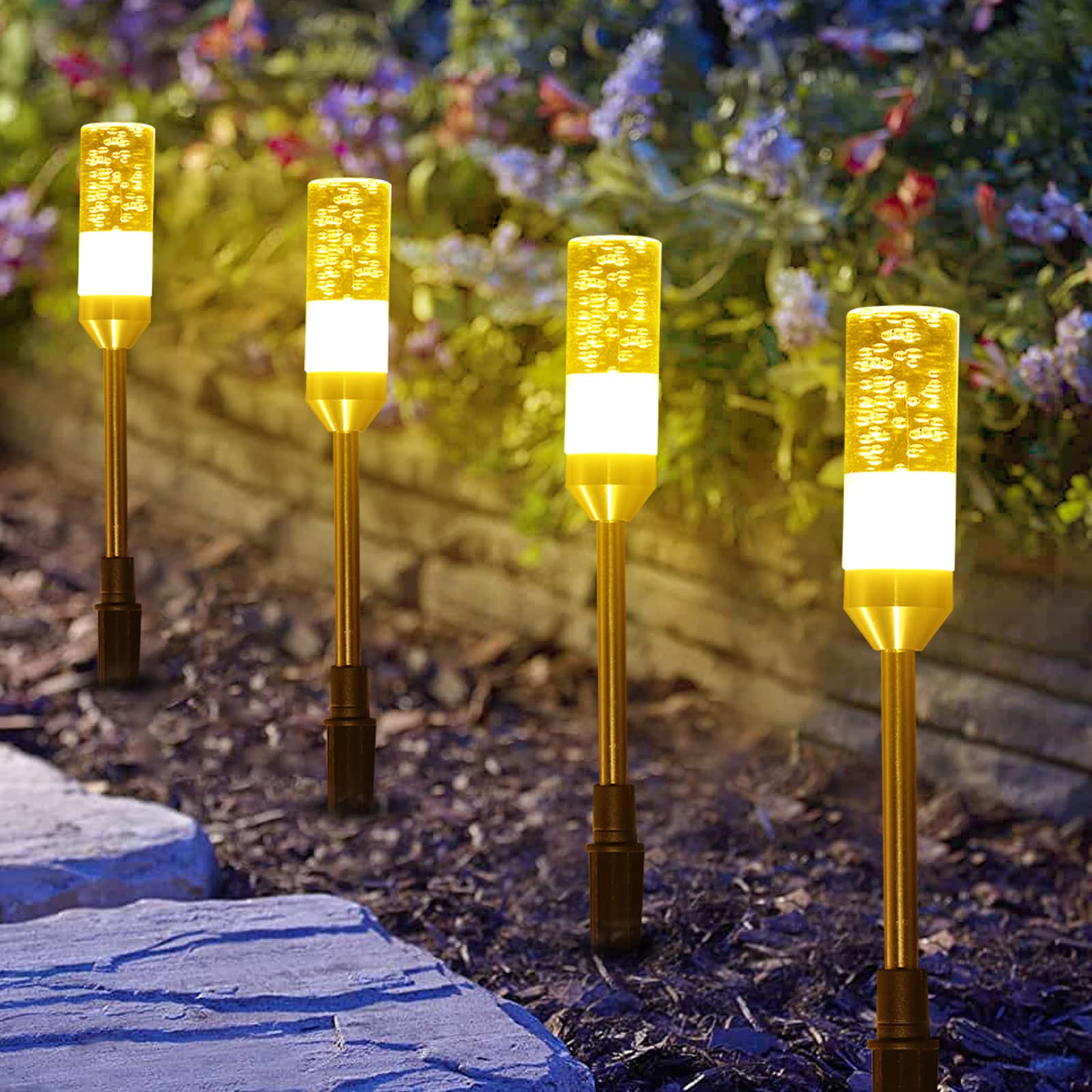

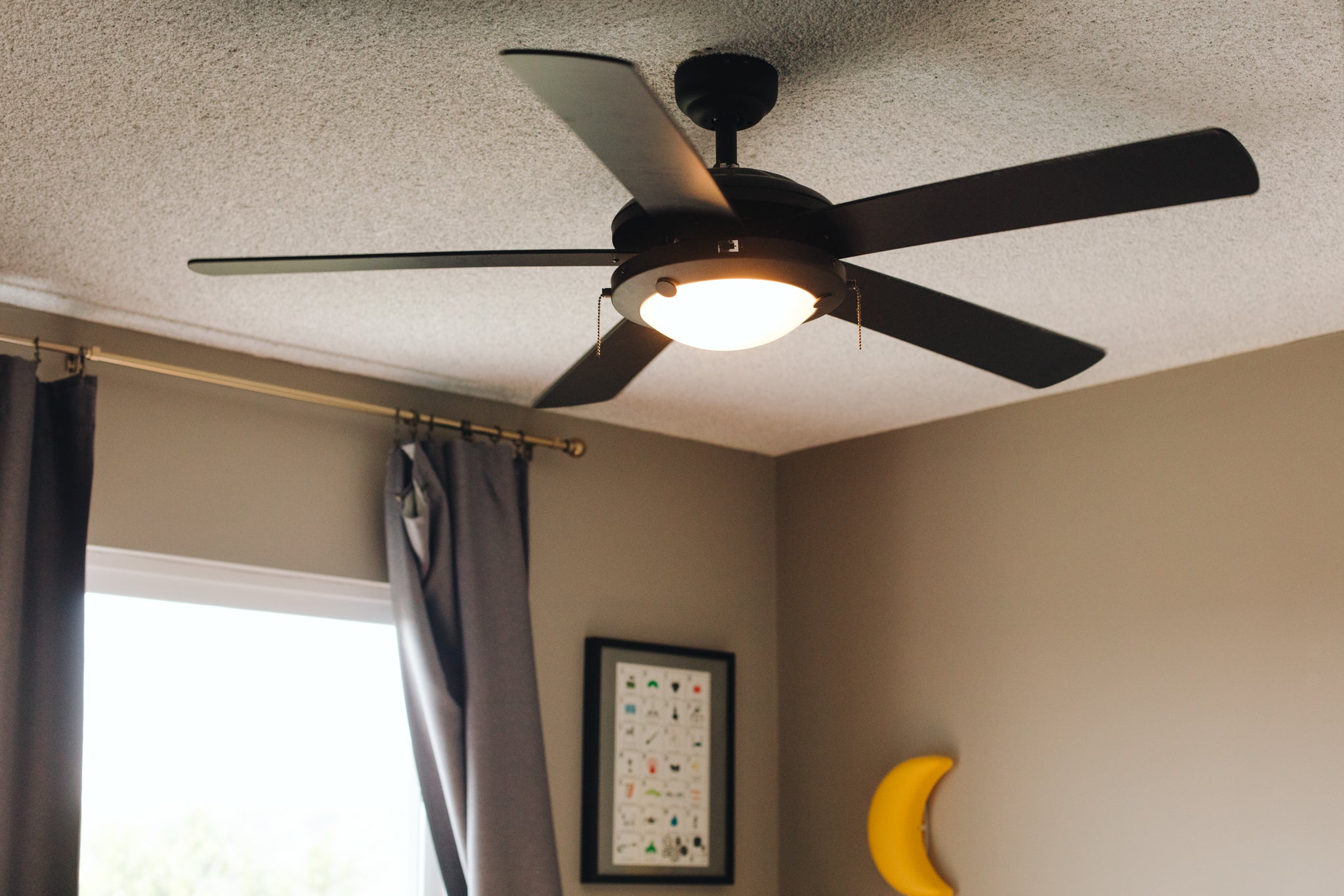
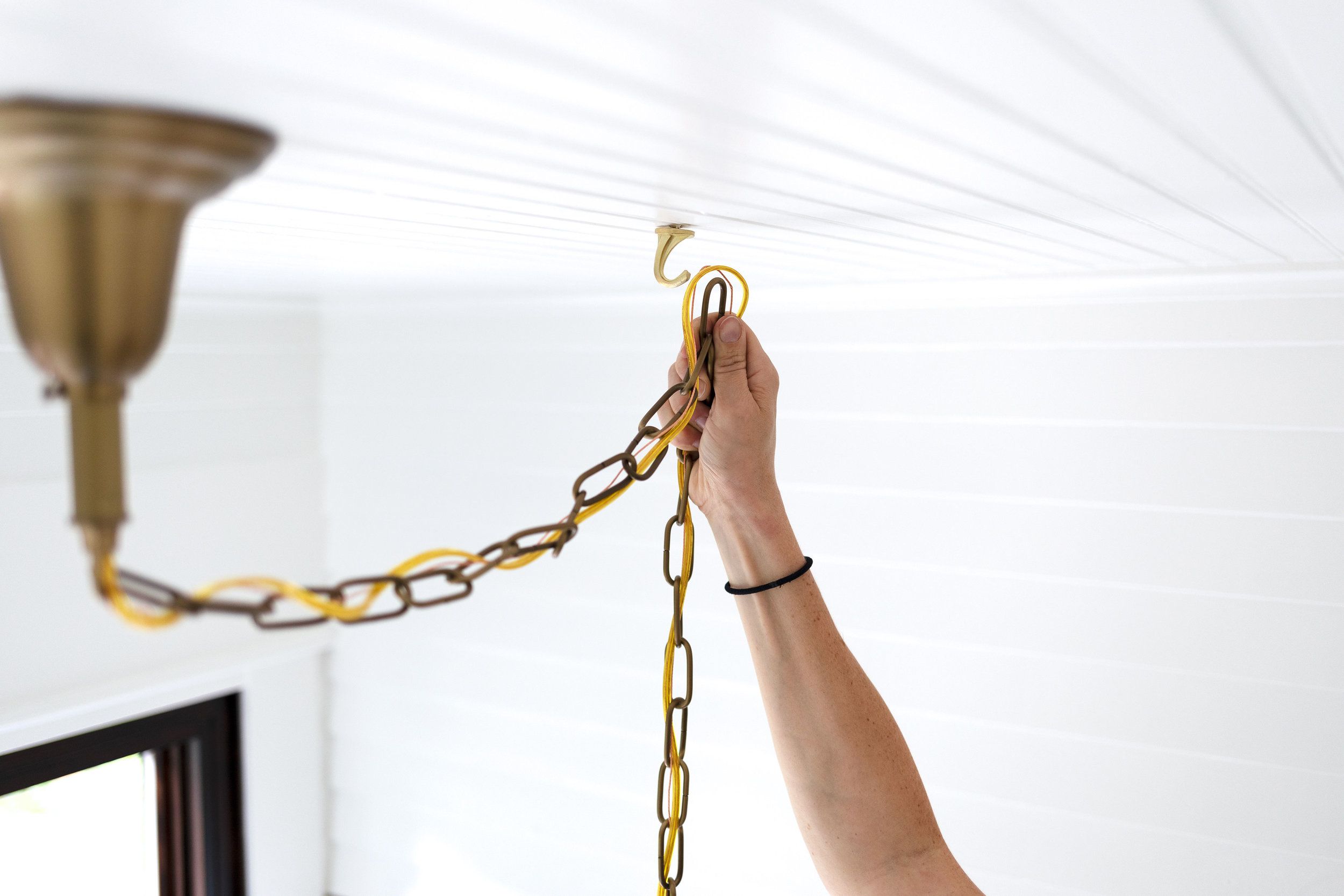
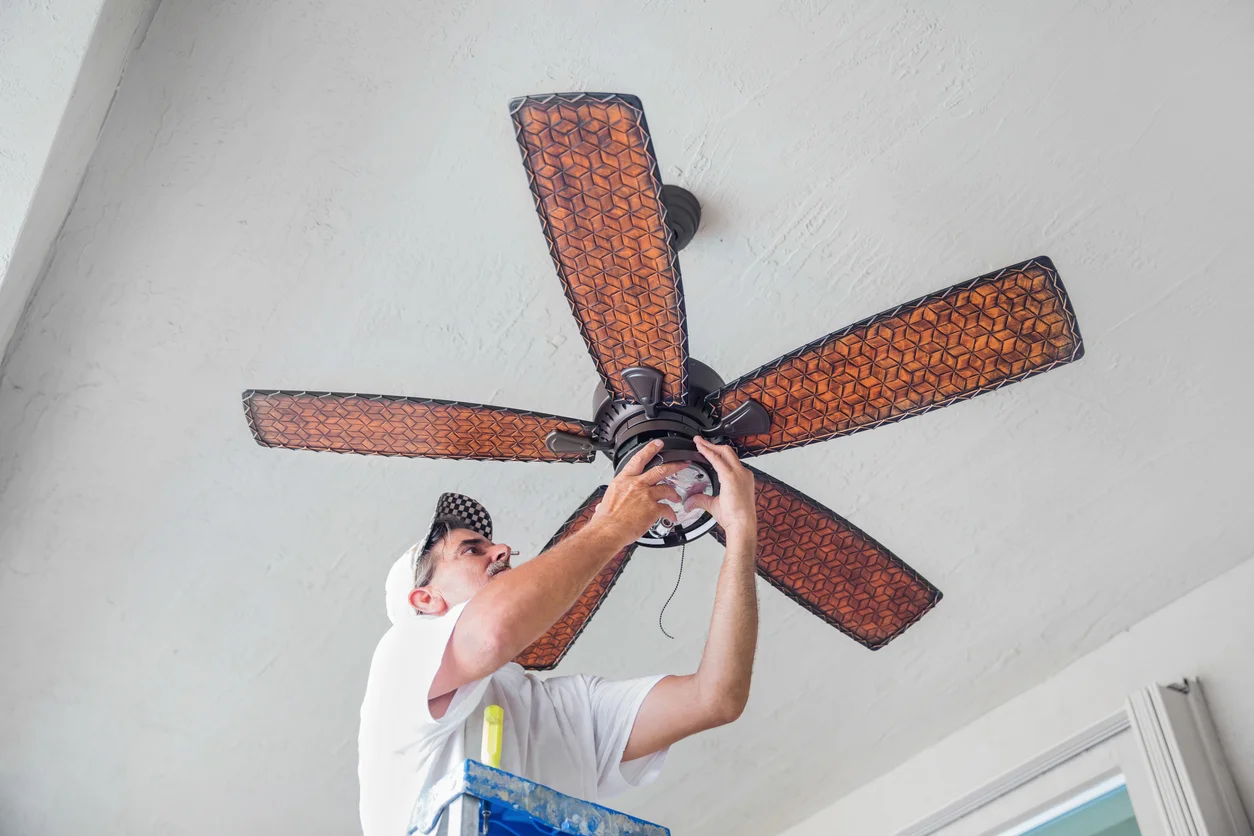


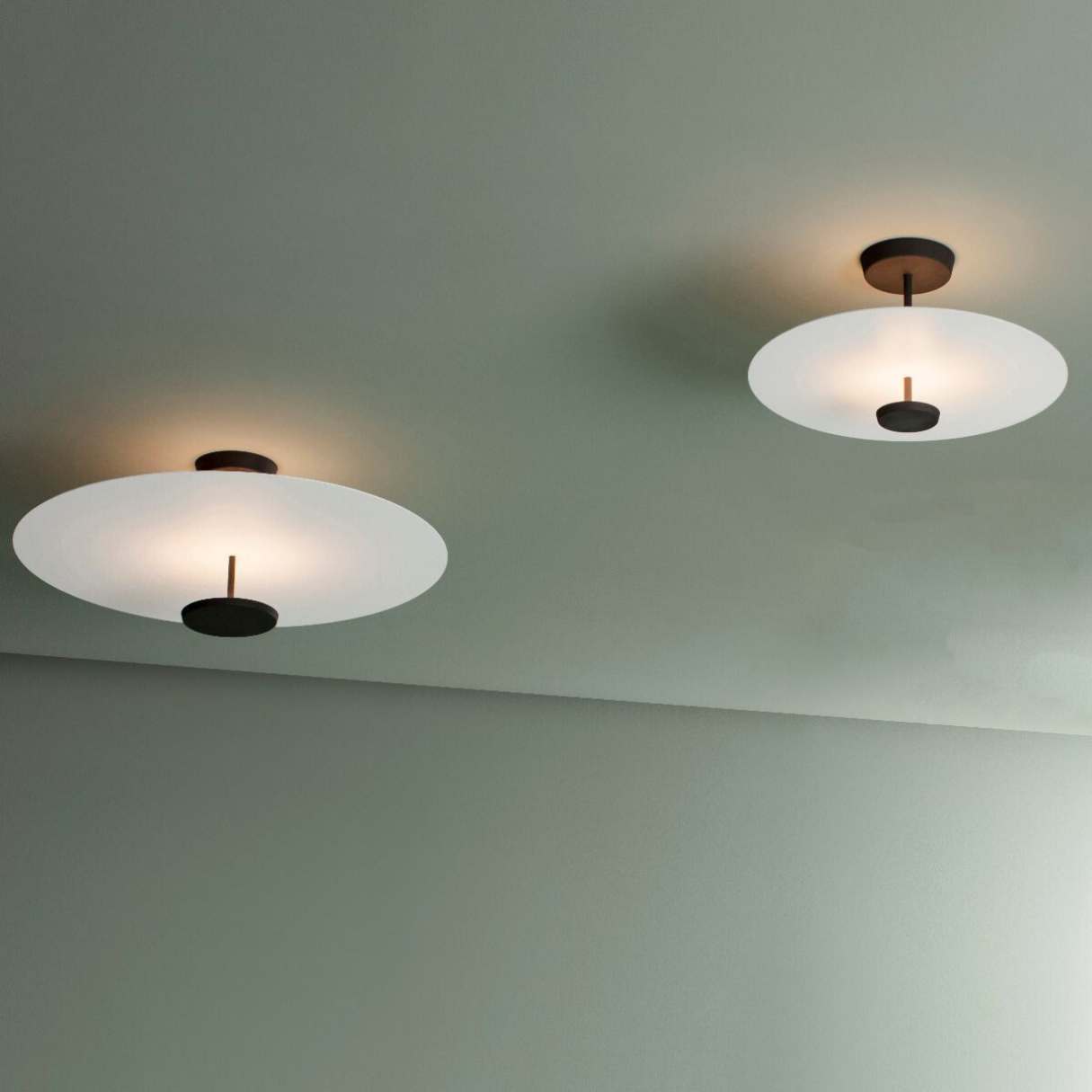

0 thoughts on “What Voltage For A Ceiling Light”